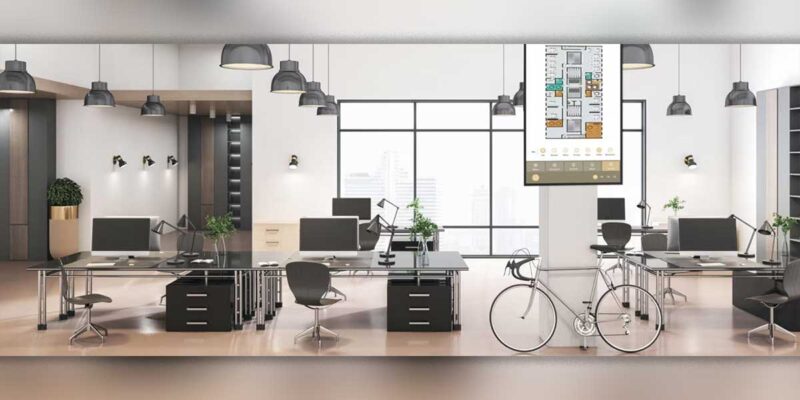Creating an Innovative Mindset
Disclaimer: This is NOT a technology post. If you are looking for a post on AI cameras or the latest and greatest all-in-one sound bar, you should click the back button and surf the rest of the rAVe site. However, if you’re looking for a post on innovation, keep reading.

For all the corporate real estate executives, CTOs and CEOs reading along, welcome. I promise not to bore you with an integration sales pitch or talk to you about why the latest and greatest technology is the answer to all of your current woes. Technology is part of the answer, but what is the question?
We need to stop asking questions based solely on the utility of work. If we keep asking, “Where can work be done?” the answer will inevitably be, “Almost anywhere.”
“Where is the work done best?” is a much better question and closer to the mark. It will yield some differentiated thinking around how we design space to elevate the work product. In fact, I think it is the second most important question to ask.
Of course, there will be several answers to this question as well, and no one-size-fits-all solution will emerge. Why? Because there are various types of work done by various people in every company. “What work are we talking about?” and “Who is doing this work?” are the qualifying questions that must follow in order to design something that produces enhanced outcomes.
The most important question however is this: “If I had nothing, what would I build?”
This is a hard question to consider seriously because companies have real estate. They have employees. They have the technology. They have legacy processes and legacy thinking. These can all be assets if leveraged properly — or they could be a stumbling block placed squarely in the center of the path forward.
To get into the proper mindset, here’s an exercise you should do with your executive team. Assemble everyone and play out the following scenario: A venture capitalist has just hired you all and given you eight-figure salaries to do one thing — out-compete the company you just left. There are no non-competes or lawsuits. They’ll take care of all that. Your job is just to focus on building from scratch.
- What parts of the market would you address?
- What inefficiencies would you exploit?
- What would you innovate?
- What process improvements would you make?
- Where would you decide not to take on unnecessary costs?
- Who would you hire?
- What tools would they need?
- What kind of spaces would be needed?
- What would you build?
In other words, what is the anatomy of the next-generation company that could potentially take over your market position and make your current company obsolete? The virtual company you create will either become a shining beacon to move toward, or your worst nightmare if someone else builds it before you do.
Of course, there will be intermediary steps to move from “what you have” to “what you need,” but at least the finish line will be better defined.
The only plan that is ill-fated is moving mindlessly forward based on what you have now without any regard for future value. Iterative improvements on an obsolete design will only decrease ROI over time. They lead deeper into the pit of legacy thinking, sunk costs and technical debt.
Instead, define the company of the future based on today’s realities and use that to chart a course toward a bright future.





